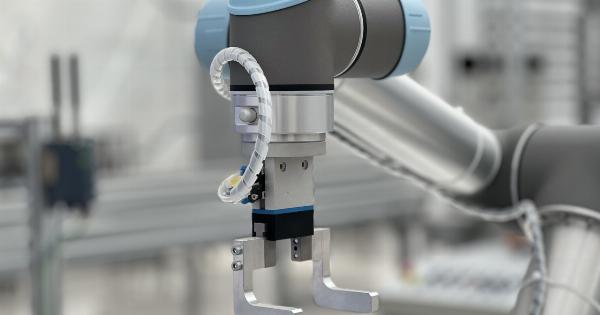Robotic surgery has revolutionized the medical industry by providing minimally invasive procedures with greater precision, flexibility, and control for surgeons. It is a type of surgical procedure that uses robots to perform various types of procedures.
Unlike open surgery, the robotic system provides a magnified, high-definition, 3D view of the surgical site and enables the surgeon to use smaller tools, which can minimize the incision size and reduce the recovery time.
How does Robotic Surgery Work?
Robotic surgery is performed by a surgeon who controls a robot’s arms, which hold surgical tools, using a computer console.
The robot is equipped with tiny instruments and a camera which the surgeon uses to remotely control and navigate through tiny incisions in the patient’s body to perform operations.
Types of Robotic Surgeries
Robotic surgery can be used in many fields, including urology, gynecology, general surgery, cardiac surgery, and more. Here are some of the most common types of robotic surgeries:.
Urologic Surgery
Robotic surgery has become a common option for urologic procedures such as prostatectomy, partial nephrectomy, and cystectomy. Prostatectomy is the most common robotic procedure for urologic surgery, and it is used to treat prostate cancer.
Cystectomy is used to remove the bladder, which is commonly used to treat bladder cancer.
Gynecologic Surgery
Gynecologic surgery involves the use of robotic surgery to treat complications in the reproductive system, such as endometriosis, uterine fibroids, and ovarian cysts. Gynecologic surgery may involve hysterectomy, oophorectomy, and endometrial ablation.
General Surgery
Robotic surgery can be used in general surgery, such as gallbladder removal, and hernia repair. Robotic general surgery is an effective option for a range of conditions and procedures, including colon surgery and appendectomy.
Cardiac Surgery
Robotic cardiac surgery is becoming more common, and it is used to perform minimally invasive heart surgeries. It is used to treat coronary artery disease, heart valve disease, and atrial fibrillation.
Cost of Robotic Surgery
Robotic surgery is a costly procedure, and the cost varies depending on the type and complexity of the surgery performed.
Many insurance providers cover the cost of robotic surgery, although the extent of the coverage and the amount covered will depend on the insurance provider and the specific policy.
Insurance Coverage for Robotic Surgery
Insurance companies generally consider robotic surgeries as an approved procedure and cover the cost.
In some cases, an insurance company may require the surgeon to provide documentation to justify the use of robotic surgery for a particular procedure and the medical benefits to the patient before approving it. The insurance company may also have specific criteria that the surgeon must meet to get approval for the use of robotic surgery, such as experience, credentials, and the equipment used.
Robotic Surgery and Medicare Coverage
Similar to insurance providers, Medicare generally covers the cost of robotic surgeries if it is approved by the U.S. Food and Drug Administration (FDA).
Medicare views robotic surgeries similar to traditional surgeries and will not pay more for the robotic procedure versus the traditional surgery. The Medicare coverage process is similar to insurance companies, where the surgeon may need to provide documentation to justify the use of robotic surgery.
Conclusion
Robotic surgery is a remarkable advancement in modern medicine that offers numerous benefits to patients. It minimizes the complications associated with open surgery, reduces the healing time, and provides quick recovery.
With increasing acceptance by insurance providers, coverage of robotic surgeries will become more common, and patients can expect to have more cost-effective medical treatment options.



























